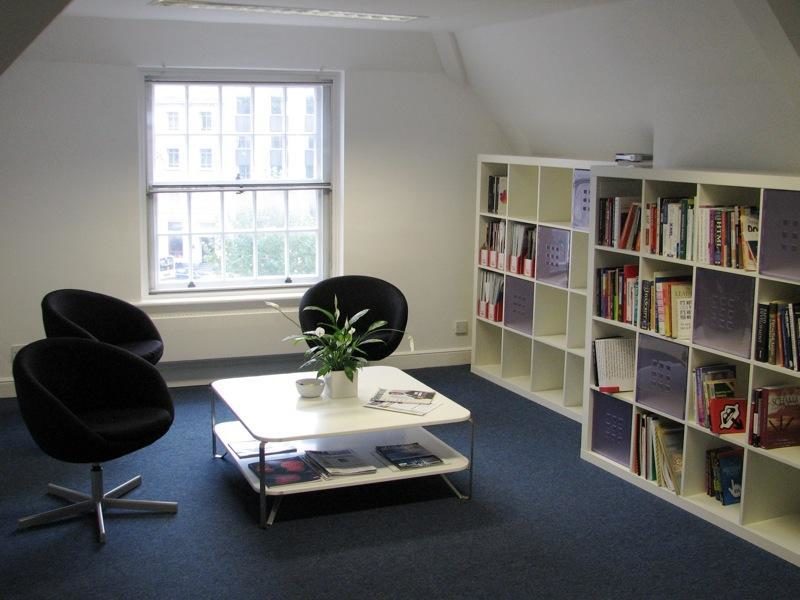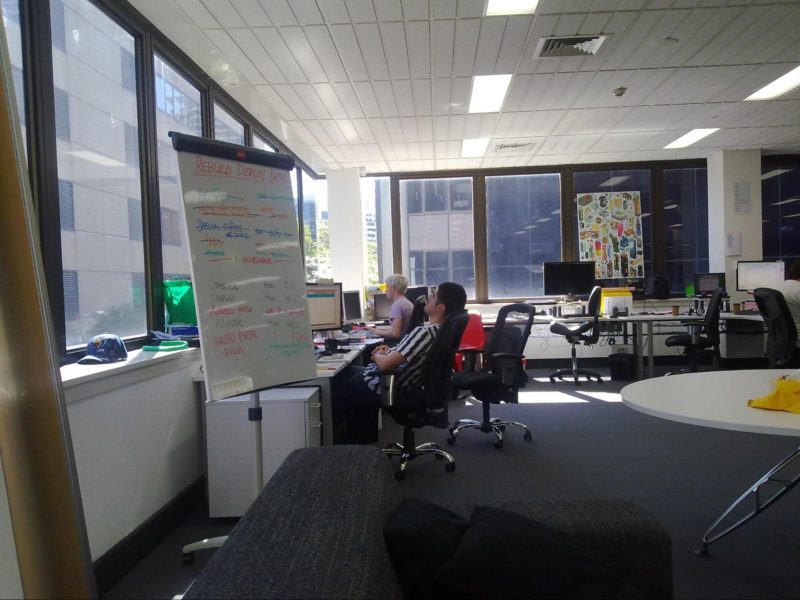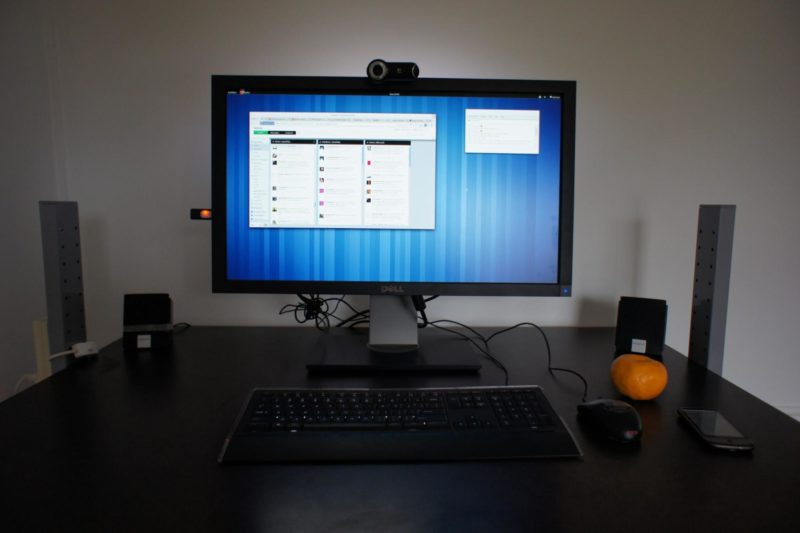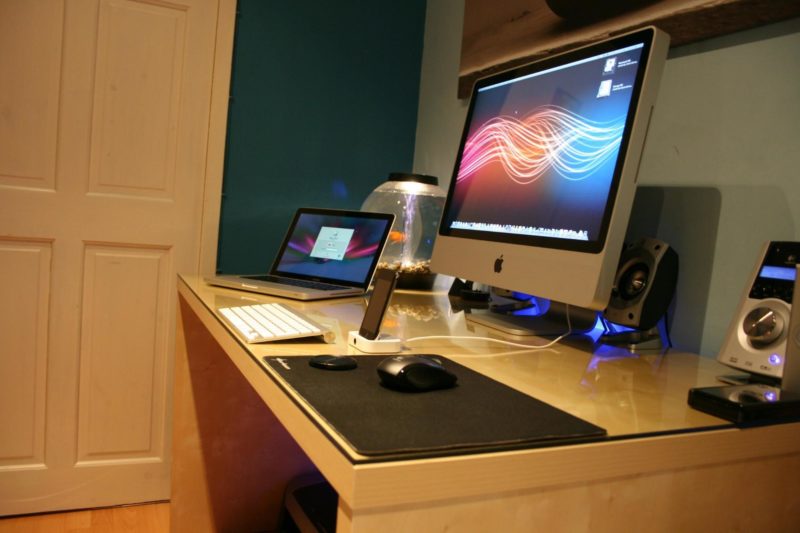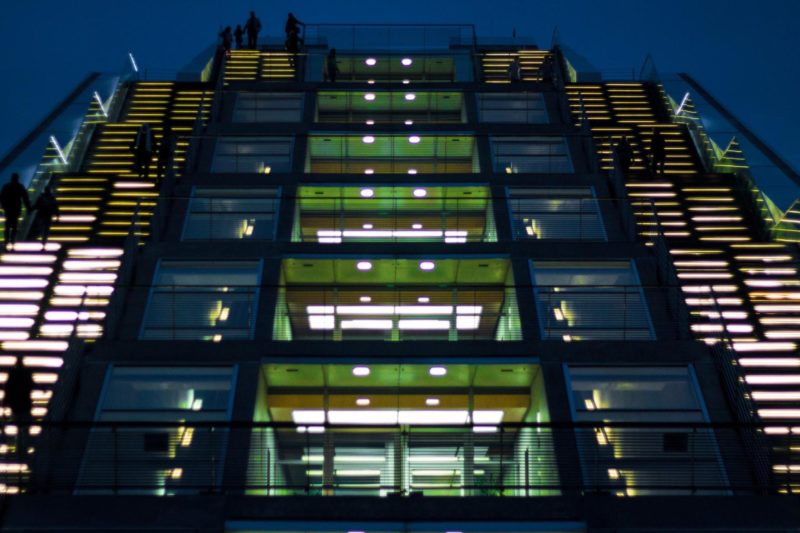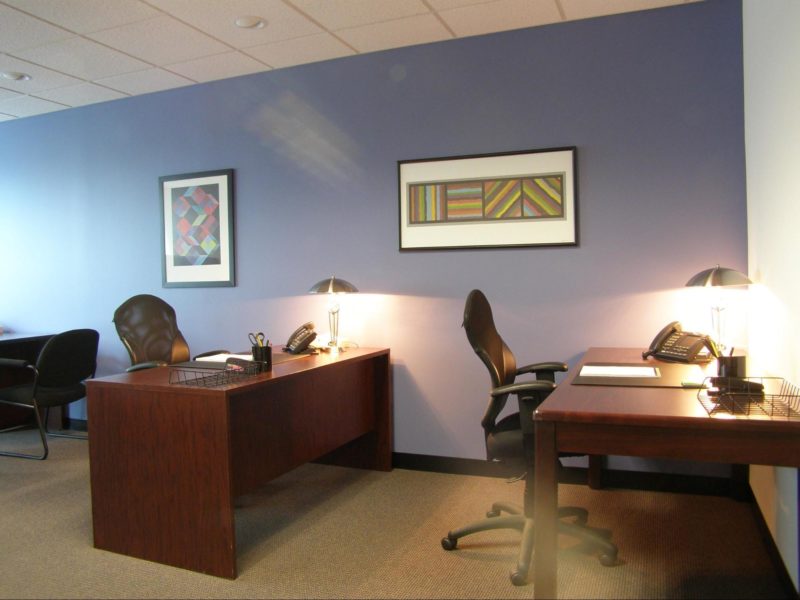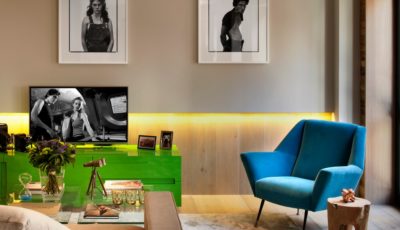5 Ways To Improve Your Office Lighting
Good and proper lighting is essential to the design and layout of every office. Plan out any space planned for extended use. Check the ventilation and correct the lighting. From the ideal solution – natural light, to low-cost artificial lighting like LEDs, there are tons of ways to bring vivid light into your environment. You can also play around with lighting for some striking effects that can impact productivity more than you think. That’s why we’ll be taking you through a look at five different ways that you can improve your office lighting and breath new life into your workspace.
Allow natural light in
Harness natural light wherever possible. Using predominantly natural light in office spaces increases employee workplace satisfaction rate and improves productivity. Natural light improves the sleep quality of employees thanks to the way that light interacts with our circadian rhythms. Natural lighting reduces the eye strain of employees. It improves the general mood in the workspace, and there are fewer headaches across the board. Yet, it’s not only health benefits that come with natural lighting. With the right planning and/or renovations, you can decrease the energy cost of an office significantly. Use natural colors and light to enliven spaces. Try to bring more outdoor elements into the workplace while opening up your design to allow in sunlight. Stick to matte finishes on your wall, and you’ll never be plagued by glare, and when you do use artificial light, make sure to pick solutions that mimic your natural influx of warmth and glow.
Switch out fluorescent lights for LEDs
Fluorescent tubes reached their level of popularity due to being cheap. LEDs, however, exceed the cost-effectiveness of fluorescent lighting. Most setups cost far less to install than any fluorescent kit, and the running cost is far lower. LEDs run on a fraction of the wattage of fluorescent tubes and last far longer. A single T8 LED tube – a popular choice for office space can give you up to 50,000 hours of operation, which is about 20,000 hours longer than the same sized fluorescent tubing. Be sure to check out all of your options. For example, ultra-modern suspended LED panels can get rid of glare and are just as easy to install as conventional light fittings. There are tons of options out there.
Include ambient & corrective lighting
Ambient lighting is far more important than you would at first think. Look toward low-intensity light to create an environment that is more peaceful while still promoting productivity. Group spaces are fine for direct light, but when you’re going to be working in an area for any prolonged period of time, instead pick out a lighting fixture that isn’t too intense. Similarly, take advantage of corrective office lighting solutions like dual purpose lights behind areas known to be plagued by glare. A corrective light right behind a screen or computer monitor will fix up a lot of the glare without you needing to block natural light to prevent the problem. Also, use corrective lighting to balance out different areas of your workspace so that there is a progression between places and intensity rather than blunt transitions.
Colored Lighting
One of the simplest and most effective ways to zone out specific areas of your workplace is to use colored lighting. Lighting can draw attention to your brand while accentuating the purpose of any place or space. Stick to a fixed palette and be sure to use color sparingly unless you’re lighting a centrepiece. Coloured light also has distinct psychological effects. For example, blue is a color which stimulates the mind. It’s the ideal color for those who do work that is taxing on cognition. Cool colors, in general, stimulate productivity by promoting alertness. Try to mix things up by introducing some orange as it balances the coldness of this color. In the right hue, a low-intensity blue has a wonderfully relaxing effect while keeping your head stimulated.
On the other hand, the warm color red is best used in workspaces where rigorous physical activity is performed. Warm tones and subtle reds are good at creating a sense of comfort as well. Where blue is for mental stimulation, the warmer spectrum of color is better for physical stimulation. A more general, warm feeling of comfort is created when bringing in shades of orange and yellow as well instead of red by itself. The lighter end of the scale lends lightheartedness and fun to a warm palette.
Invest in a Good Office Lighting Control System
Lighting control systems save you money and allow you to shape the feeling of your entire workplace through subtle changes in illumination. Setting light cycles will give your bulbs and other forms of lighting extra length on their lifespan, while the practice itself is great for setting the right ambiance. With the right system, you can even switch light colors, not just timing. Some places of your office just don’t need to be lit, while others suffer from over-illumination in many areas if you don’t control the brightness relative to the hour of the day. Rather than shutting out all natural light in an attempt to control glare or simplify lighting concerns instead invest in a good office lighting control system. It’s well worth the time and money.
Customize Your Lighting According to Its Purpose
There is no need for a super-bright overhead light in a room that needs light nowhere else other than immediately before the user. A desk lamp would work much better. Collaborative workspaces would do better with total lighting, whereas a busy workplace full of traders or other employees in a constant real-time demand would benefit from voice-activated systems and individual control. Always evaluate your office and see where you can make the lighting better for the individual task you’re inspecting. This will save you money and create a much better office environment for everyone. Small-scale upgrades in lighting are just as vital as large ones.
Lighting can make or break first-impressions when a customer first arrives. It can drain the energy of your employees if done poorly, or lift their mood, job satisfaction, and general productivity. Office lighting needs to planned and optimized

